Turn Back The Clock: 10 Years Ago In Tech

In May 2002, the economy was in a downturn, something that had been percolating since 9/11. Solution providers and their suppliers were feeling the pinch, the government was facing a deficit for the first time since 1997, and unemployment was increasing, on its way to 6 percent.
Here's a look back at how IT was handling the brewing storm.
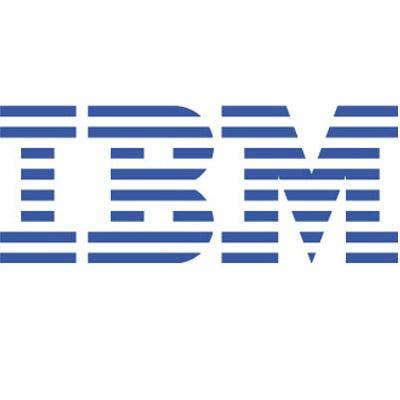
IBM's 'Unannounced' Layoffs Neared 5,000 Mark
IBM sliced nearly 5,000 positions at more than a dozen plants nationwide in May 2002. However, the company did not issue any public statement on the extent of the layoffs, saying instead that some plants were autonomously cutting their workforces and consolidating operations. A former employee at IBM's Endicott, N.Y.-based plant fielded calls and e-mail from employees and put together a more complete picture of the layoffs.
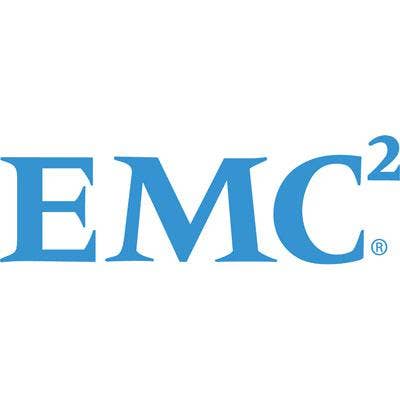
EMC Cut Jobs
A solution provider requesting anonymity told CRN at the time that the ongoing reduction in head count at EMC throughout 2002 seemed to have impacted the company's direct-sales team. The solution provider said EMC had laid off a local district sales manager and a couple of sales reps and had redeployed some of its regional sales managers. The solution provider noted that "the fewer EMC reps on the street, the better." EMC confirmed that it was reducing its head count to 19,000 employees that May.
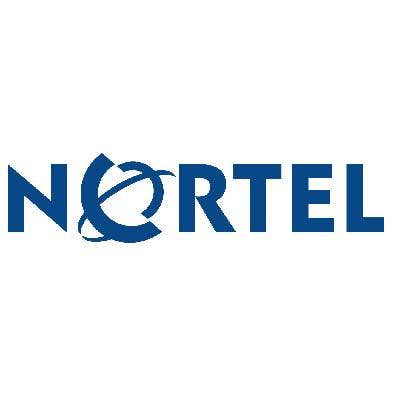
Nortel Slashed Staff By 3,500
The telecom vendor continued to make sizable workforce reductions in May 2002. With those most recent cuts, Nortel's workforce numbered approximately 42,000; the company had started 2001 with approximately 92,000 employees.
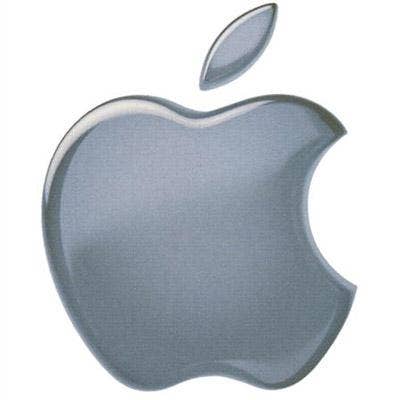
Apple Introduced Xserve
The Xserve computer was Apple's entryway into the Unix-based server arena. The rack-mounted server was aimed at the SMB and enterprise markets. Two configuration options were available and both shipped with the Mac OS X v10.1, or Puma, operating system. In January 2011, Apple discontinued the product, replacing it with the Mac Pro Server and the Mac Mini Server.
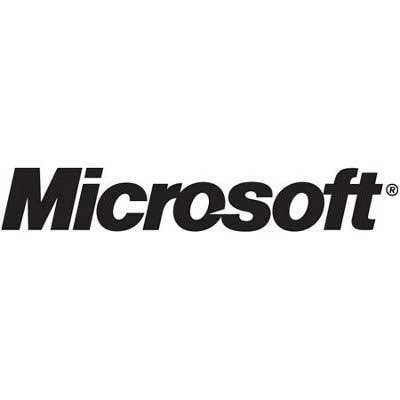
Microsoft, SEC Negotiations
Microsoft reportedly was negotiating with the U.S. Securities and Exchange Commission to settle allegations it misrepresented its financial performance. Most often, such cases are resolved when the company promises to follow SEC rules in the future. Because SEC probes are conducted under tight confidentiality, SEC spokeswoman Christi Harlan would neither confirm nor deny the report, which appeared in The Wall Street Journal. Observers at the time thought the probe was related to an attempt by the SEC to crack down on "cookie jar" accounting practices that fail to provide an accurate accounting picture.
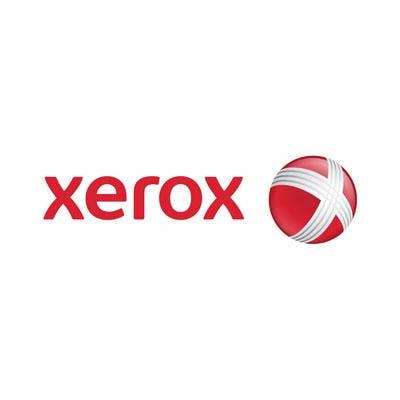
After Accounting Probe, Xerox Named New CFO
In the aftermath of an accounting scandal, Xerox hired Lawrence Zimmerman, a retired IBM executive, as its CFO. Zimmerman had been an IBM employee for 31 years. He succeeded Barry Romeril, who retired at the end of 2001. Romeril and former Xerox Chairman Paul Allaire were targets of a U.S. Securities and Exchange Commission investigation into alleged accounting fraud at Xerox. Xerox paid a $10 million civil penalty and revised financial statements back to 1997 as a result of the inquiry.
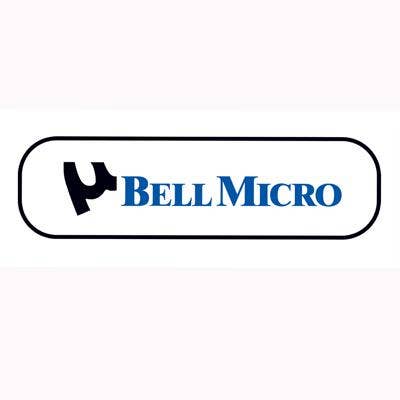
Bell Micro Unveiled Bundling Solution
Bell Microproducts debuted its Enterprise Solutions Division, which bundled multivendor solutions instead of selling components individually. Bell Micro used its SAN solutions labs in Minneapolis, San Jose, Calif., and Edison, N.J., to help create the solutions, which incorporated products of vendors including Compaq, Hewlett-Packard, IBM and Brocade. Avnet Inc. bought Bell Micro in 2010.
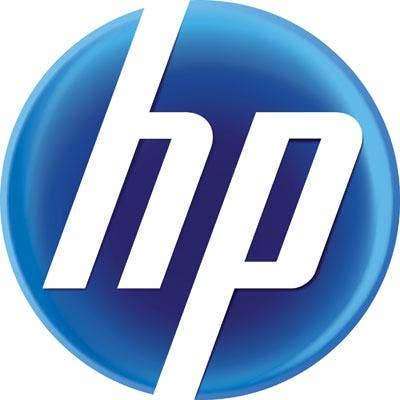
The New HP Channel Strategy
In early May 2002, the HP-Compaq merger was finalized and HP was officially relaunched on the New York Stock Exchange under the ticker symbol HPQ. At the time, Kevin Gilroy, HP's vice president and general manager of North America commercial channels, and Dan Vertrees, HP's vice president and general manager of North America enterprise channels, outlined the IT giant's post-merger channel strategy in an interview with CRN.
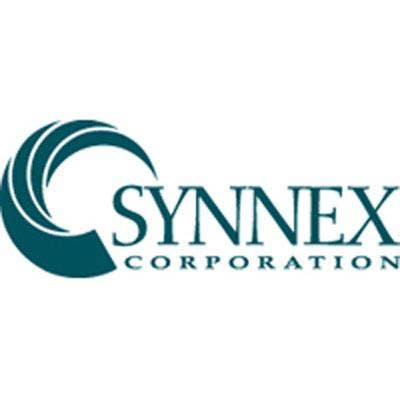
Synnex Bought Gates/Arrow
Synnex Information Technologies agreed to purchase Gates/Arrow Distributing, the broadline distribution division of Arrow Electronics. Gates/Arrow accounted for roughly 5 percent of Arrow's sales in the prior March quarter, or approximately $97 million. Privately held Synnex recorded $3.2 billion in 2001 revenue. Synnex went public in November 2003.
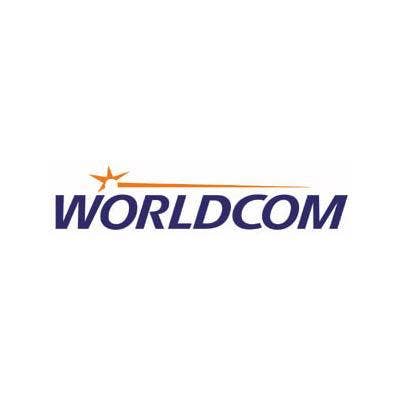
WorldCom Closed Wireless Biz
WorldCom shuttered its wireless unit in an effort to cut operations and stopped signing new customers. At the time, WorldCom had about 1.7 million wireless subscribers. WorldCom CEO John Sidgmore said his company had assets worth between $1 billion and $1.5 billion that it wanted to sell during those subsequent months following the cuts. WorldCom filed for bankruptcy just two months later.